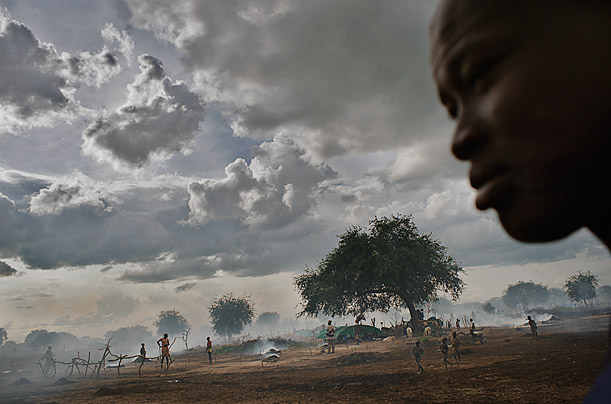Ahead of a referendum for independence across Southern Sudan in the week of 9 January, the UN has confirmed air-raids on Timsaha in the east of the province, near the border with the Central African Republic and boundary with Darfur.
Although no-one was killed, the Sudanese People’s Liberation Movement (SPLM), which governs in Southern Sudan under UN-mediation, states that it is one of a series of such air-attacks in a region where only the Khartoum authorities operates an air force. Khartoum, in turn, denies responsibility but insists that the SPLM has sheltered Darfuri rebels.
It is perfectly accurate that significant population movement has occurred from Darfur to Southern Sudan; although it may be more accurate to attribute this to the civilians’ aversion to being killed with Chinese-supplied weapons, as well as those from other sources.
During the most recent Sudanese civil war of 1983-2005, some two millions people had died in the predominately Christian and animist South. As a sure sign of which side not to support, the predominately Arabic-speaking and Muslim North had been aided by groups such as the Janjaweed and Joseph Kony’s Lord’s Resistance Army.
Ceasefire was negotiated in January 2005 through the Naivasha Agreements.
Although Khartoum is still undecided if it would wish to return to war, President Omar al-Bashir has seen a potential loophole should the referendum endorse it following explicit statements of support for secession by the SPLM’s deputy head, Ann Itto.
Al-Bashir’s apparent hope is that this violates the Naivasha Agreements which required the SPLM to remain circumspect.
All going well, in one month, Africa will have her newest nation rather than her latest war.
